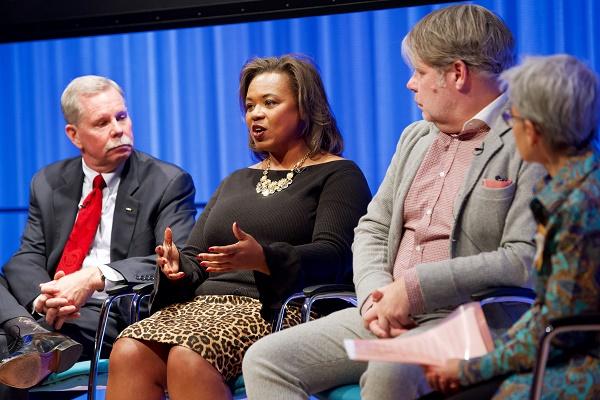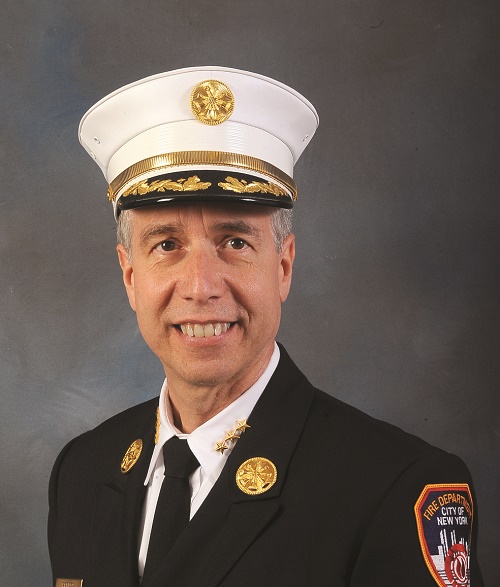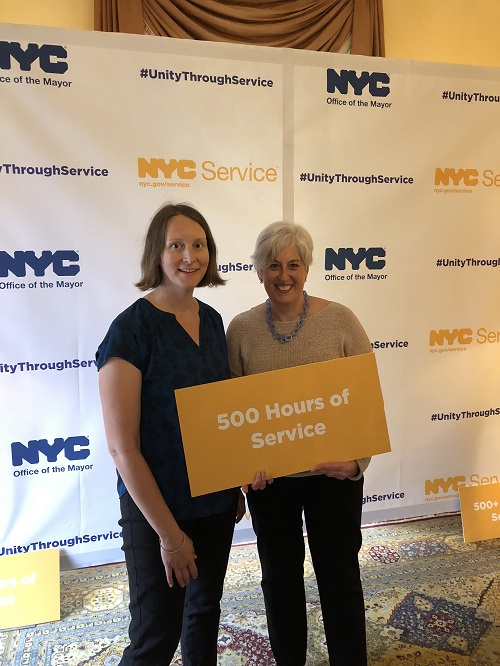Make a donation to the museum
The Story of One Woman’s Survival During 9/11 and Feb. 26, 1993
The Story of One Woman’s Survival During 9/11 and Feb. 26, 1993

Lolita Jackson has the unique experience of being a survivor of both the 1993 and 2001 attacks on the World Trade Center.
On Feb. 26, 1993, while sitting at her desk on the 72nd floor in the Morgan Stanley Dean Witter office in the South Tower, Lolita heard a loud boom and noticed smoke entering the office through the elevator shafts. She and her colleagues quickly began to evacuate the building down smoke-filled stairwells. It took her two hours to exit the building and at times she could not see hand in front of her face, Jackson recalled.
Although that first attack was frightening, Jackson credits her survival on 9/11 to her experience in 1993.
On Sept. 11, 2001, Jackson was in a conference room on the 70th floor of the South Tower when she witnessed Flight 11 crash into the North Tower. Jackson and her colleagues — many of whom were also survivors of the 1993 bombing — immediately began to evacuate the building, taking care to implement safety and evacuation procedures they learned in the aftermath of the 1993 attack.
Jackson took an elevator down to the 59th floor, where her colleague Thomas Swift decided to find an empty office to call his wife. Jackson continued without Swift to the 44th floor sky lobby. Lolita then continued her evacuation on foot down the stairs and safely exited the South Tower.
Little did she know that this decision would end up saving her life.
Swift, who boarded an elevator about five minutes after Jackson, would be killed when Flight 175 struck the South Tower at 9:03 a.m.
After surviving both attacks, Jackson came to believe that “if you can die at your job, you better love it.” Jackson’s experiences eventually triggered a career change — she is currently the special advisor to the senior director of climate policy and programs in the New York City Mayor’s Office.
Jackson is one of four speakers who will share their stories for students and teachers across the country during the 9/11 Memorial Museum’s “Anniversary in the Schools” webinar on Sept. 11, 2018. For more information about this free program and to register, click here. The webinar is made possible thanks to generous support from the New York Life Foundation.
By Rebecca Rosen, Education Specialist, 9/11 Memorial Museum
Previous Post
The Story Behind the First FDNY Chief to Respond to the World Trade Center on 9/11

On the morning of Sept. 11, 2001, FDNY Chief Joseph Pfeifer was on a routine call in lower Manhattan. Hearing the loud roar of an airplane overhead, Pfeifer looked up to see hijacked Flight 11 crashing into the North Tower.
Next Post
9/11 Memorial & Museum Volunteer, Honored by Mayor, Reflects on Her Service

In my time as a volunteer at the 9/11 Memorial & Museum, there is one very profound truth I have learned. No matter who we are, where we are from, what we do, or how old we are, our lives were all changed on Sept. 11, 2001. This fact is universal, and it is part of what makes each visit to the Museum truly special.